Pipe joints and pipe fittings are two terms that are often used interchangeably, but they actually refer to two different things. In general, pipe joints refer to the connection between two sections of pipe, while pipe fittings refer to the components that are used to connect and modify the flow of fluid within a pipe system.
Pipe Joints
Pipe joints are the connections between two sections of pipe that allow fluid to flow through the system. There are several types of pipe joints, including threaded joints, flanged joints, welded joints, and compression joints.
Threaded joints are typically used in small-diameter pipes and involve screwing two threaded ends together to form a seal. Flanged joints involve bolting two flanges together with a gasket in between to form a tight seal. Welded joints involve fusing two sections of pipe together using heat, creating a strong, permanent connection. Compression joints involve using a nut and ferrule to compress the pipe and form a seal.
Pipe Fittings
Pipe fittings are the components that are used to connect and modify the flow of fluid within a pipe system. There are several types of pipe fittings, including elbows, tees, couplings, reducers, and valves.
Elbows are used to change the direction of the pipe, typically at a 90-degree angle. Tees are used to join three sections of pipe at a T-shaped intersection. Couplings are used to connect two sections of pipe together. Reducers are used to connect pipes of different diameters together, with one end of the fitting being larger than the other. Valves are used to control the flow of fluid within the system, typically by opening or closing a gate or ball within the fitting.
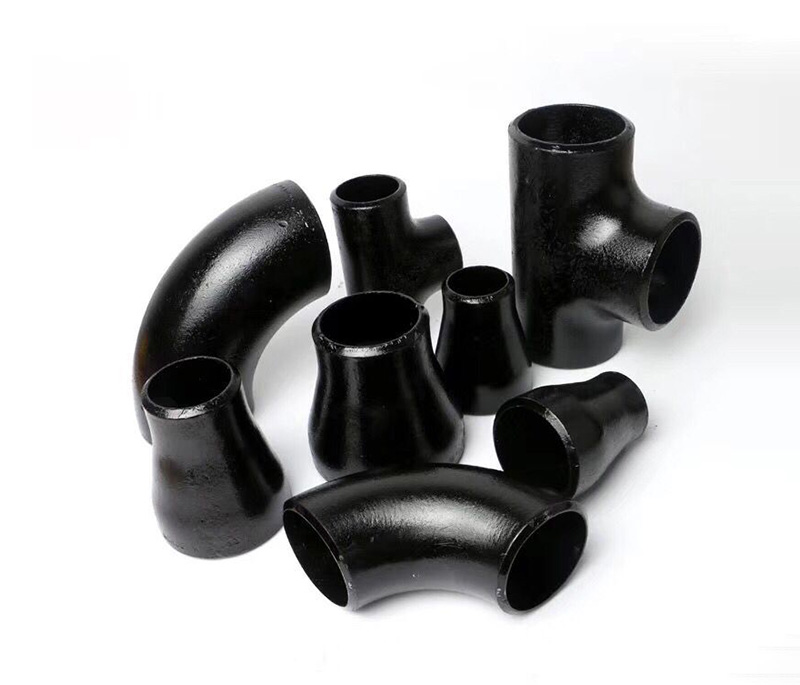
Carbon Steel Pipe Fittings
Differences Between Pipe Joints and Pipe Fittings
While pipe joints and pipe fittings are both used in pipe systems, there are several key differences between the two.
Firstly, pipe joints are used to connect two sections of pipe together, while pipe fittings are used to connect and modify the flow of fluid within the pipe system. Pipe joints are typically more basic in their design and function, while pipe fittings can be quite complex, with many different components and configurations available.
Featured content:Advantages of Truck Mounted Workover RigsWhere are the Key Applications for Slurry Pumps in Wastewater Treatment Systems?What is hydraulic directional control valve?Natural Gas Y Strainer: Enhancing Efficiency and Safety in Gas Supply SystemsHow Does a Forklift Truck Sideshifter Work?Exploring the Versatility of Grey Iron Casting in Various IndustriesChoosing the Right Polyurethane Screen Panels for Your Screening EquipmentSecondly, pipe joints are typically used to create a permanent connection between two sections of pipe, while pipe fittings can be used to modify the flow of fluid within the system. For example, a tee fitting can be used to split the flow of fluid into two different pipes, while an elbow fitting can be used to change the direction of the flow.
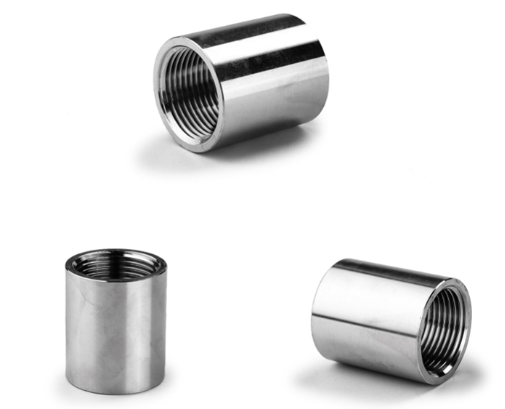
Pipe Bushings
Finally, pipe joints and pipe fittings may require different methods of installation and maintenance. Pipe joints, such as welded joints or compression joints, may require specialized tools or techniques to install and maintain. Pipe fittings may be easier to install and maintain, depending on their design and the requirements of the specific application.
Applications of Pipe Joints and Pipe Fittings
Pipe joints and pipe fittings are used in a wide range of industrial and commercial applications, including plumbing, HVAC, oil and gas, chemical processing, and water treatment.
Pipe joints are typically used in applications where a permanent, leak-free connection is required. For example, welded joints may be used in high-pressure applications where a strong, permanent connection is necessary. Threaded joints may be used in low-pressure applications where the connection needs to be easily disassembled for maintenance.
Pipe fittings are used in applications where the flow of fluid needs to be modified or controlled within the pipe system. For example, valves may be used to regulate the flow of fluid within the system, while tees and elbows may be used to change the direction or split the flow of fluid.
Conclusion
In summary, pipe joints and pipe fittings are two important components in pipe systems that are often used interchangeably, but actually refer to two different things.
Featured content:What is the difference between API 608 and API 6D ball valve?Electric Motor Bearing Types and CharacteristicsWhat factors need to be considered in choosing a suitable slurry pump?Advantages and Applications of Plate Disposable FiltersMaintenance and Care of Multistage Centrifugal PumpsInsert Molding VS. Overmolding: What’s the Difference?What is the difference between rigid and flexible flange coupling?




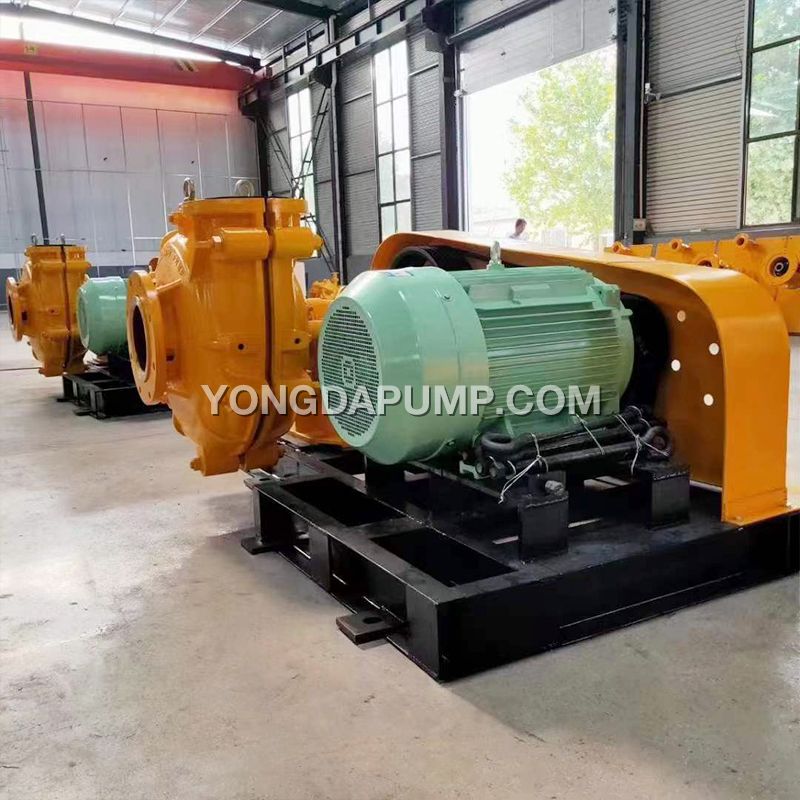

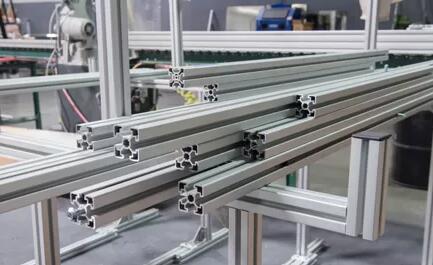
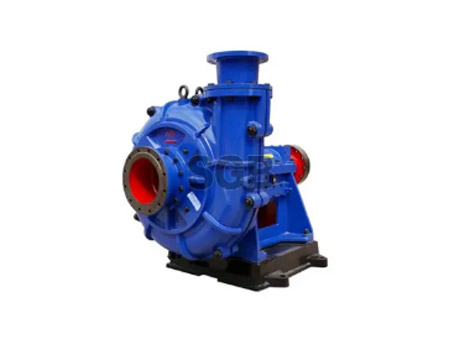
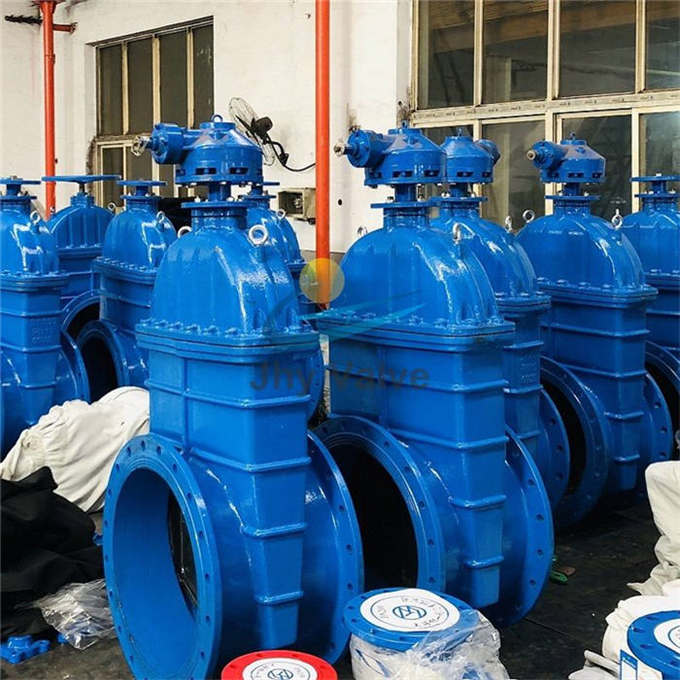
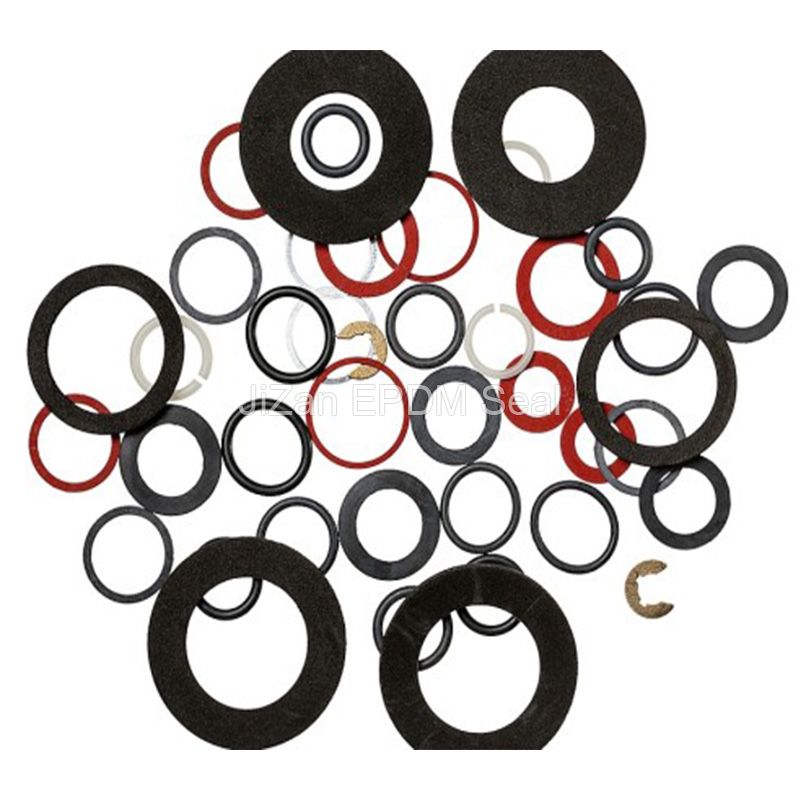
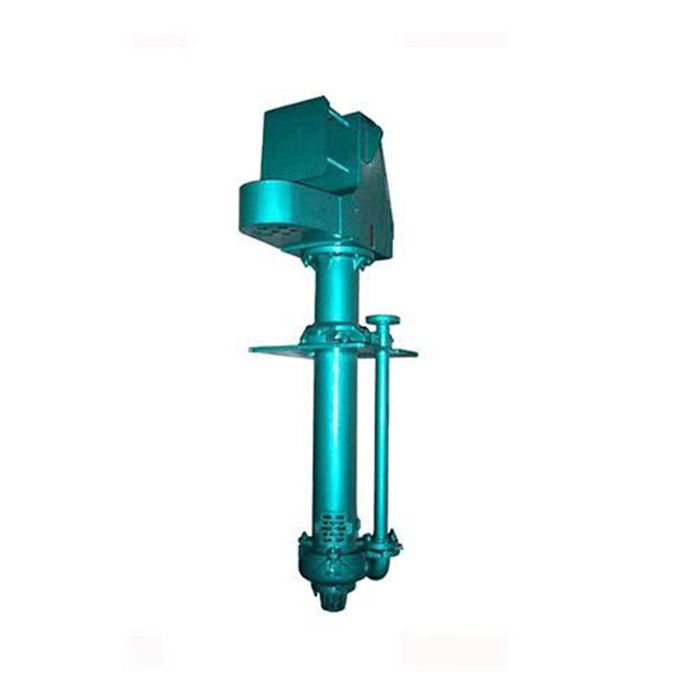
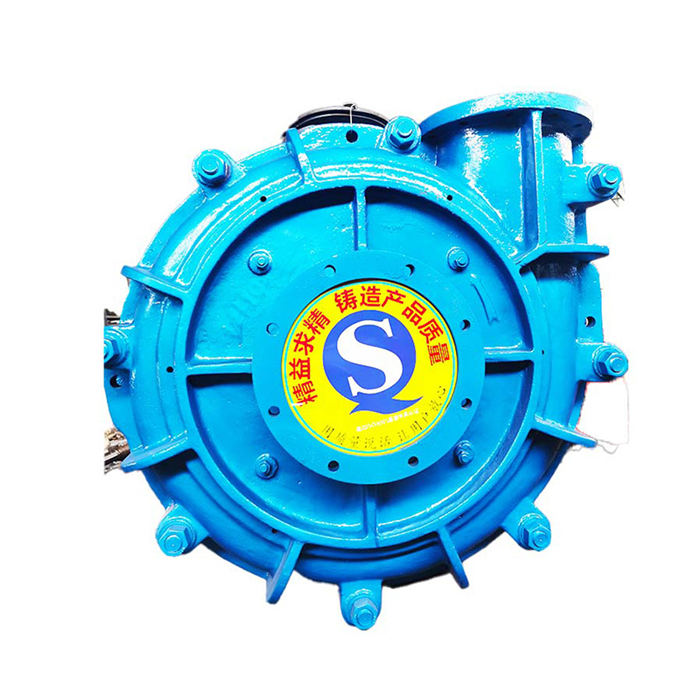
Comments
Please Join Us to post.
0